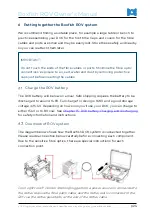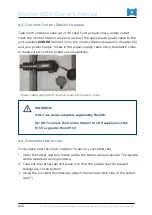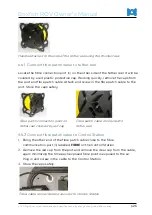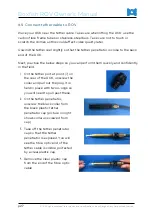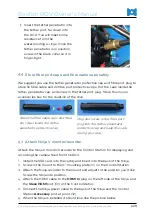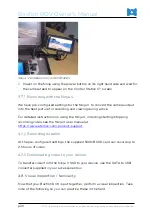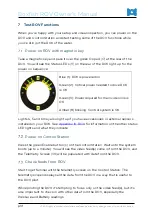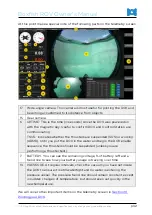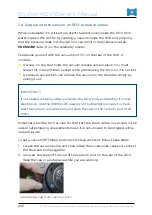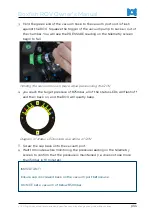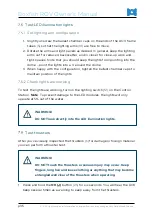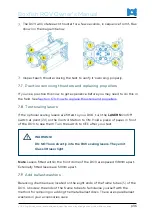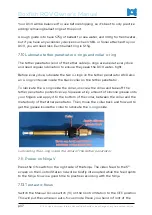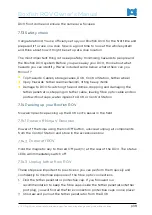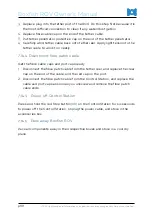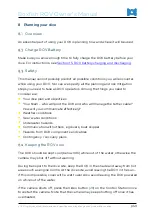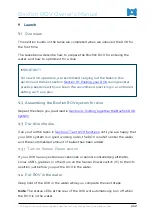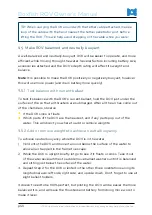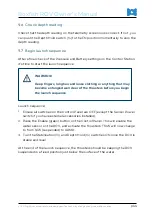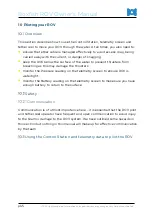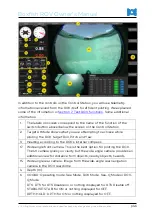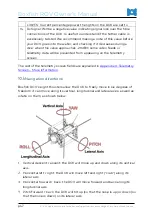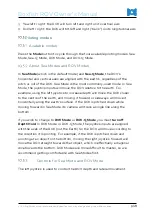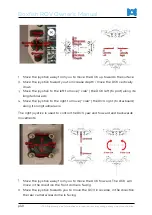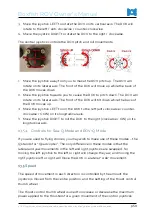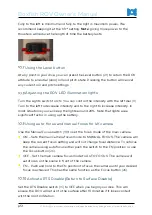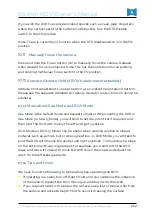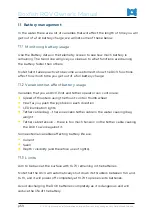
Boxfish ROV Owner’s Manual
V1.3. All rights reserved. Information and specifications may change at any time without notice.
p38
ROV front dome and ensure the camera re-focuses.
Safety check
Congratulations! You’ve officially set up your Boxfish ROV for the first time and
prepared it for use on a dive. Now is a good time to look at the whole system
and think about how it might be set up at a dive location.
The most important thing is to keep safe by minimising hazards to people and
the Boxfish ROV system. Before you pack away your ROV, think about what
hazards you can identify. We’ve included some below; what others can you
think of?
Trip Hazards: Cables, storage cases, ROV, Control Station, tether wheel
Injury Hazards: tether reel mechanism, lifting heavy items
Damage to ROV: Scratching the end domes, dropping and damaging the
tether penetrator, stepping on tether cable, leaving fibre optic cable ends or
ports without caps, water ingress to ROV or Control Station.
Packing up your Boxfish ROV
Now we’ll practice packing up the ROV so it’s easier in the field.
Power off Ninja V Recorder
Power off the Ninja using the On/Off button, unscrew/unplug all components
from the Control Station and store in the accessories box.
Power off ROV
Hold the magnetic key to the red Off pad
(16)
at the rear of the ROV. The status
LEDs will immediately switch off.
Unplug tether from ROV
These steps are important to practice so you can perform them quickly and
confidently to minimise exposure of the fibre optic connections.
Find the tether penetrator protective cap. If you followed our
recommendation to keep the fibre caps inside the tether penetrator/tether
port plug, you will find all the fibre connection protective caps in one place!
Unscrew and pull out the tether penetrator from the ROV.

